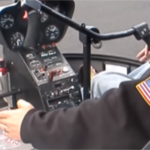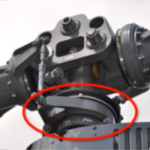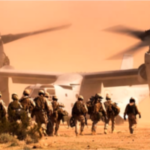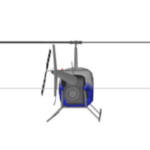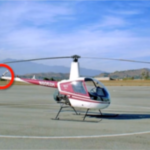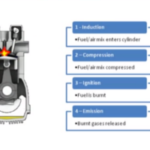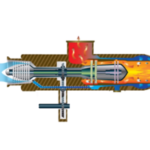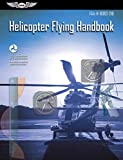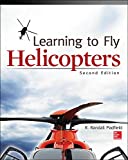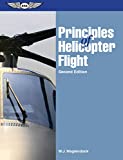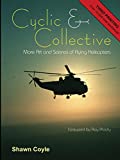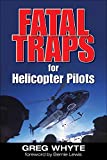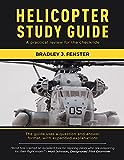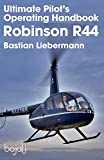Helicopters have many rotating parts and vibrations are inevitable. But sudden increased or new vibrations can lead to catastrophic failure of components.
Helicopter vibrations can be broken down into the following by frequency:
- Low
- Medium
- High
The low frequency vibrations are usually associated with the main rotor system and can be further broken down by:
- Lateral
- Vertical
Video
The video below goes into more detail regarding helicopter vibrations:
Resources
- FAA Helicopter Flying Handbook Chapter 11 – Helicopter Emergencies and Hazards
- Robinson R22 Pilot Operating Handbook (POH) Section 10 – Safety Tips and Notices
- Robinson R22 Maintenance Manual Chapter 10 – Rigging, Track and Balance
- AOPA Accident Analysis – Inflight Vibrations
- AOPA Hover Power – Vibration Analysis
- Aviation Pros – Helicopter track and balance theory
Related Videos
Helicopter Flight Controls
Before you try to fly a helicopter, you first need to fully understand how helicopter flight controls work. There are four main flight controls in a helicopter: Cyclic
Collective
Anti-torque Pedals
Throttle
Video
The video below is an introduction ...
Helicopter Swashplate
The cyclic and collective controls affect the attitude of the main rotor disk(s), but how does that control input transfer to the disk? The answer is the swashplate.
Video
The video below explains how the helicopter swashplate works, demonstrated on...
Helicopter Rotor Configurations
All helicopters have at least one main rotor for lift, but there are many helicopter rotor configurations: Traditional or Conventional like the Robinson R22
Tandem like the CH-47 Chinook
Transverse like the V22 Osprey
Coaxial like the Kamov KA-50...
Helicopter Rotor Systems
All helicopters have at least one main rotor to produce the lift that keeps helicopters in the air. The type of main rotor system is defined by how the blades are connected to the rotor hub. The blades may have hinges or bearings to allow them to feather,...
Helicopter Anti-Torque Systems
Single rotor helicopters require a way to counter the torque created by turning the main rotor. There are three such options: Traditional tail rotor
Ducted fan or Fenestron
NOTAR
Video
The video below covers the three different types of anti-torque...
Helicopter Piston Engine
Most small training helicopters are powered by lightweight, air-cooled piston engines.
Helicopter piston engines are not as powerful as turbine engines, but they are a lot cheaper, hence they are popular in smaller helicopters.
Video
The video below...
Helicopter Turbine Engine
Turbine engines are used in most medium to larger helicopters and are also used in some smaller helicopters. They provide a better power-to-weight ratio than piston engines but are more costly.
Video
The video below explains how the helicopter turbine...



